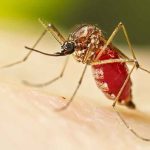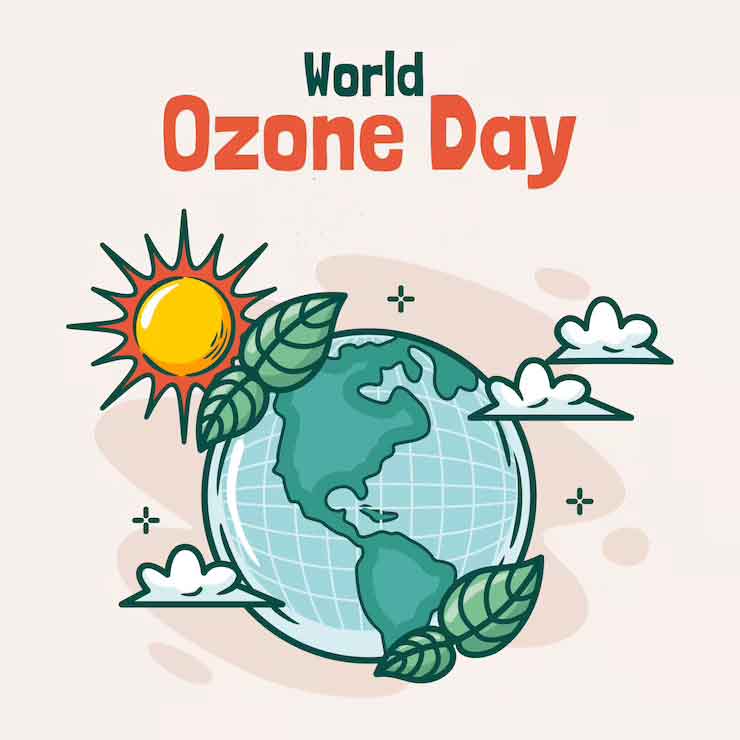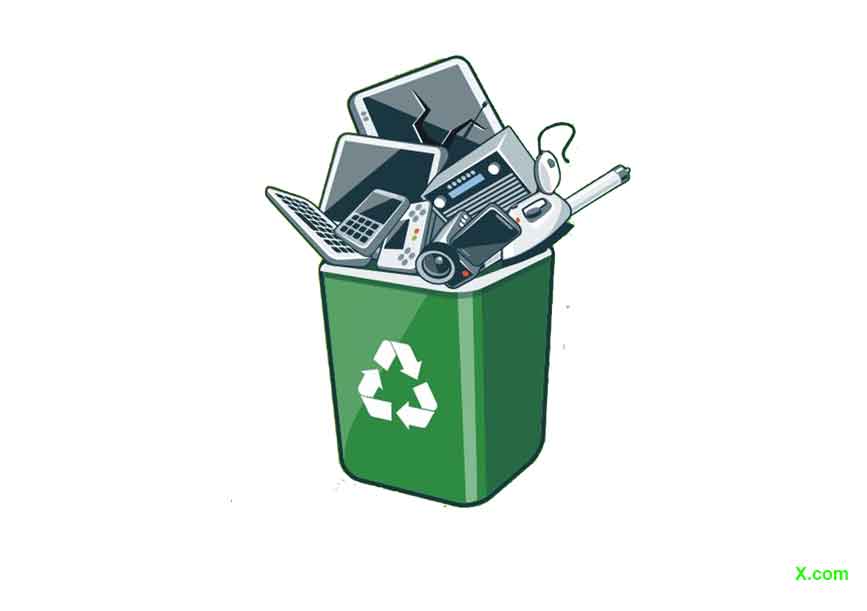
By N Munal Meitei
The International Day for Preservation of the Ozone Layer is marked on 16 September, 2023 has the theme, “Montreal Protocol: fixing the ozone layer and reducing climate change” with the slogan of “Ozone for life.” This celebration is to bring awareness on ozone layer depletion, its impacts and to search for possible solutions to fix the planet’s ozone holes and reducing the climate change.
The state is facing with a communal crisis since 3rd May. But whatever the crisis it may be, we should never ignore the Environment. It may be the Ukraine-Russia war or anything in the world, protection of our environment is our top priority. If not, the recent tropical cyclone Ian in Philippines is nearing to us. I am afraid that, if the present crisis in Manipur were happened in dry season, then many parts of our forests might have been brunt.
Changes in climate of the Earth affect the behavior of the ozone layer, because ozone is influenced by changes in the meteorological conditions and the atmospheric composition. Observations show that as greenhouse gases increases the heating in troposphere but cooled down in the stratosphere. This cooling conditions lead to ozone depletion. Greenhouse gases absorb heat at relatively low altitudes and warm the surface – but they have the opposite effect in higher altitudes because they prevent heat from rising.
In a cooler stratosphere, ozone loss creates a cooling effect that results in further ozone depletion. UV radiation releases heat into the stratosphere when it reacts with ozone. With less ozone there is less heat released, amplifying the cooling in the lower stratosphere, and enhancing the formation of ozone-depleting polar stratospheric clouds, especially near the South Pole.
About 90% of the earth’s ozone is found in stratosphere with maximum concentration occurring at the height of about 23.5 Km. Ozone at this region is formed when oxygen molecules absorbed ultraviolet photon from sunlight and undergoes photolysis. These ozone molecules absorb ultraviolet rays (UV-B) of wavelength 310-280 nm, the most harmful radiation thereby preventing it from entering into the Earth’s surface.
The cause of stratospheric ozone depletion is due to the increase in the level of free radicals of hydroxyl, nitrous oxides and other halo-carbons. Chlorofluorocarbons (CFCs) used for refrigeration, air-conditioning and foam blowing agents, cleaning of the electronic components and as solvent cause 80% ozone layer depletion. When CFCs break down, free chlorine atoms are released. These chlorine atoms are highly reactive that a single chlorine atom can destroy as many as 1 million ozone molecules. With this process, the ozone layer in the stratosphere is depleting day by day.
Ozone layer acts as a blanket by absorbing these harmful UV-rays from the Sun. Exposure to higher amounts of UV radiation could have serious impacts on humans, animals and plants. The challenges to human health include skin cancers, sunburns, premature aging of the skin, cataracts and other eye diseases and immunosuppression. Experts say, if not check the problem of ozone layer depletion, 20% of the world population may suffer from skin cancer in the next 50 years. According to the WHO, cataracts affect approximately 65.2 million people and cause moderate to severe vision loss in over 80% cases. A sustained 10% thinning of the ozone layer is expected to result in almost two million new cases of cataract every year.
The planet is heating up, which increases the need for air-conditioning in homes, schools and workplaces. At the same time, expanding access to sustainable cold chain – to keep food fresh and vaccines viable – is essential to meet sustainable development aspirations.
Due to ozone layer depletion, dreaded challenges have come up to all the biotic forms on the planet. Under the Convention’s Montreal Protocol, governments, scientists and industry cooperates have so far replaced 99% of these gases. But the latest update from the Scientific Assessment Panel to the Montreal Protocol confirmed that ozone layer recovery is on track and ozone levels are expected to return to 1980 levels by around 2066 over the Antarctic.
Ozone layer depletion has also adverse impacts on agriculture, forestry and natural ecosystems. It can affect the important food crops by adversely effecting Cyanobacteria which helps them to absorb and utilize nitrogen. World’s major crop species, wheat, rice, barley, oats, corn, soybeans, peas, tomatoes and almost all staple and cash crops are particularly vulnerable to increase in UV radiation, resulting in reduced growth, size, photosynthesis, flowering time and pollination time causing changes in yield. Small changes in leaf size may increase the ability of weeds to grow around some crops.
Phytoplankton, the tiny photosynthesizing sea plants which provide 70% of all the oxygen available on the earth are genetically damaged by UV-B ray. Coral Reefs that mankind termed them as the tropical forest of the ocean are also most affected by ozone layer depletion. Due to increase in UV-ray, our global biodiversity is intensively damaged affecting all life forms.
Materials such as wood, plastic, rubber, fabrics, paints and many other construction materials are degraded by UV radiation. The economic impact of ozone depletion on replacing and protecting materials could be significant. It is an undisputed fact that if we stop use and the production of CFCs today, then also, its problem will persist on earth for the next one hundred years. By phasing out HFCs, the Kigali Amendment to the Montreal Protocol may result in avoidance of up to 0.5°C of warming by 2100. It is imperative to tackle climate change, protecting the natural ecosystems and forging a brighter and more equitable planet for the humanity.
Therefore, with coming of the World Ozone Day, every one of us needs to take care of the ozone layer depletion so that we can hand over a clean and beautiful planet to our future generation.
(N. Munal Meitei)
Environmentalist, email- nmunall@yahoo.in













